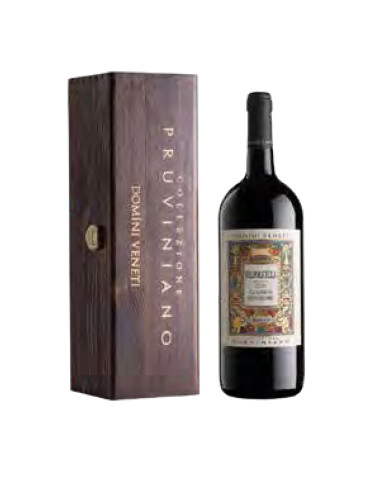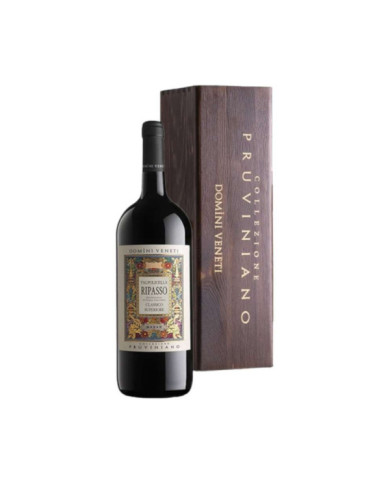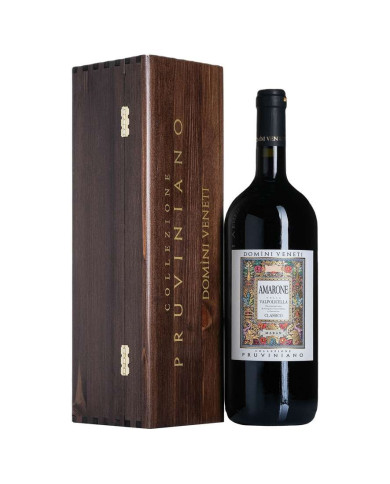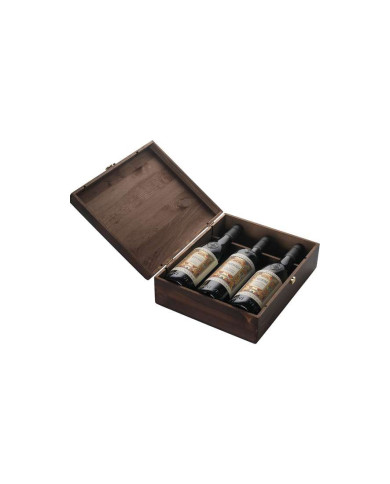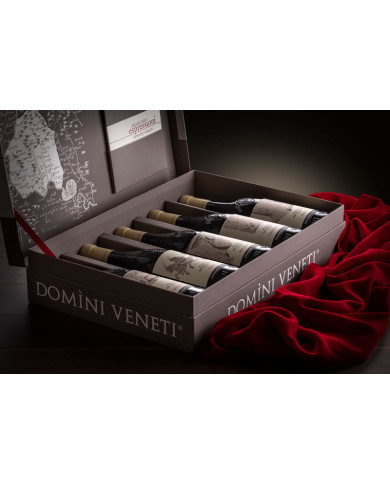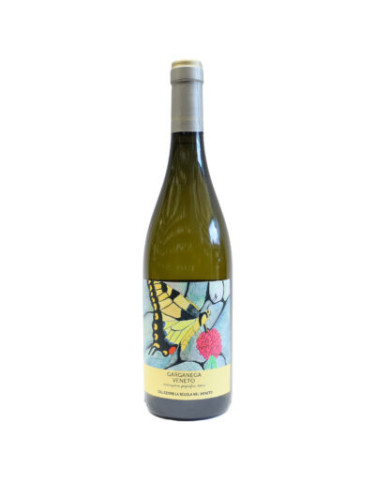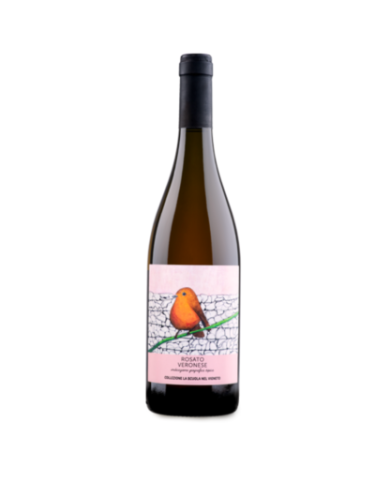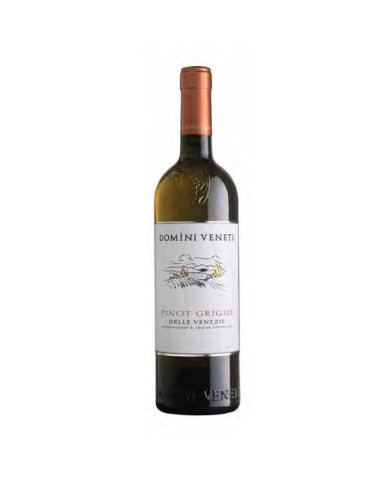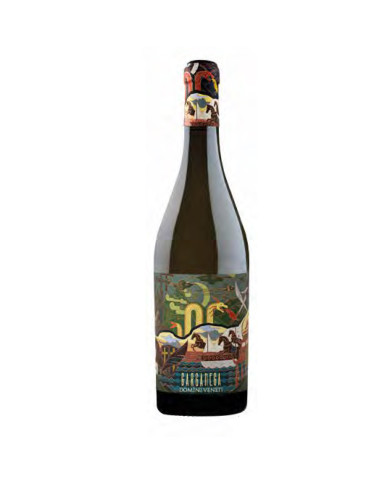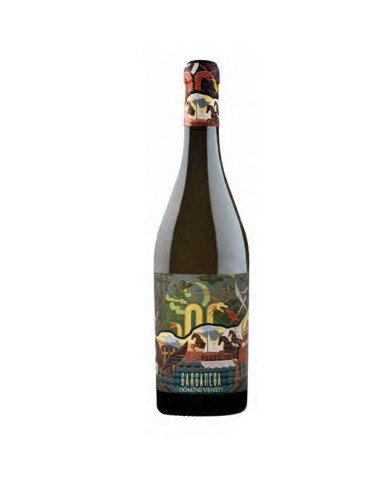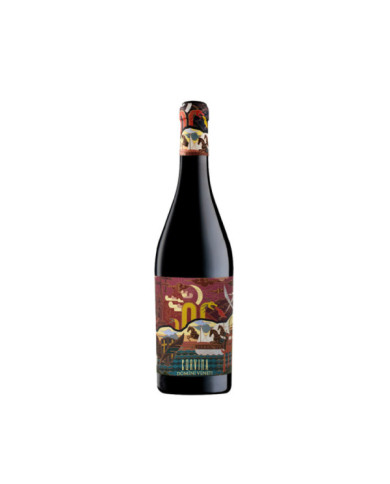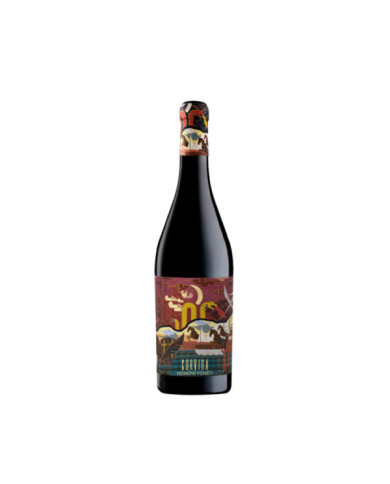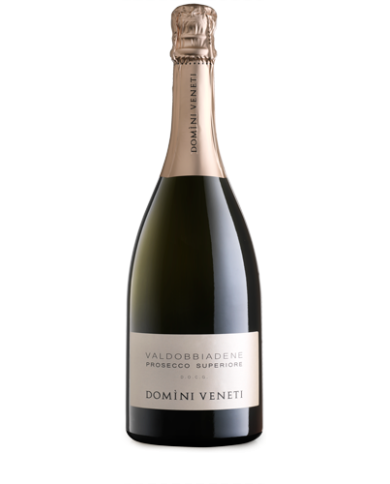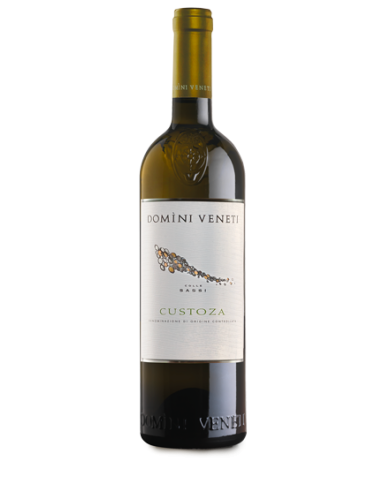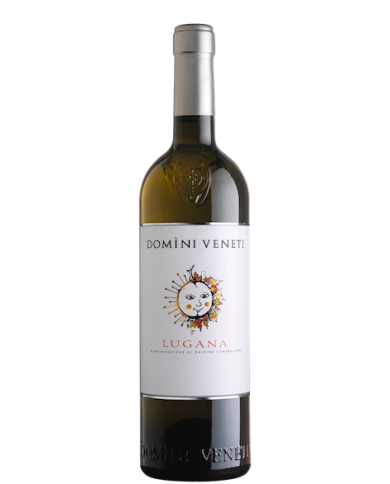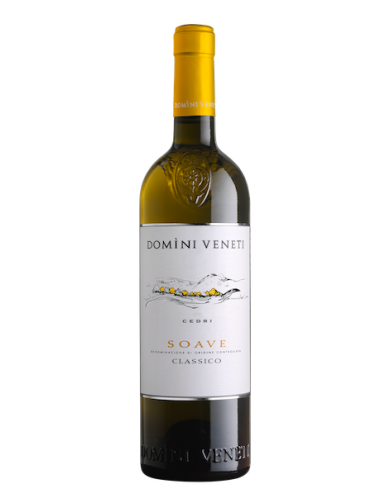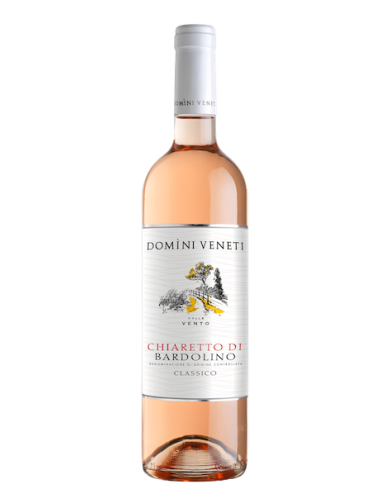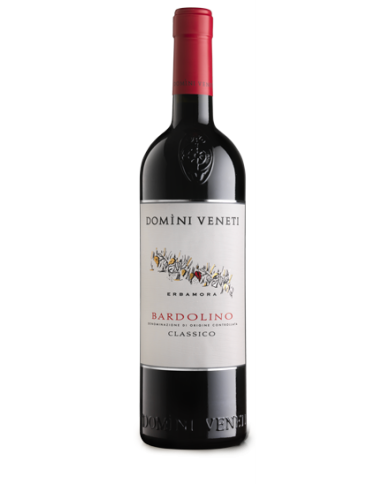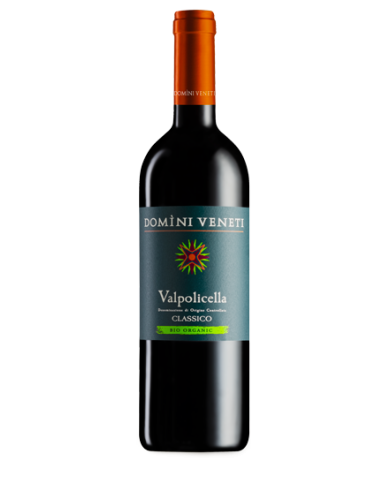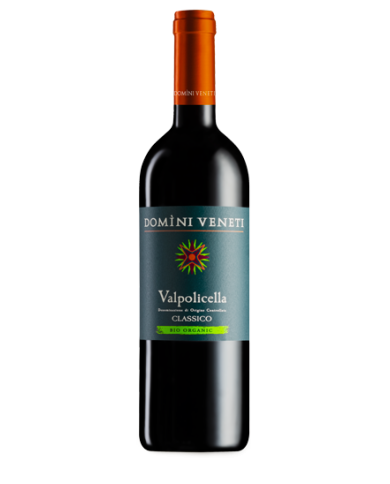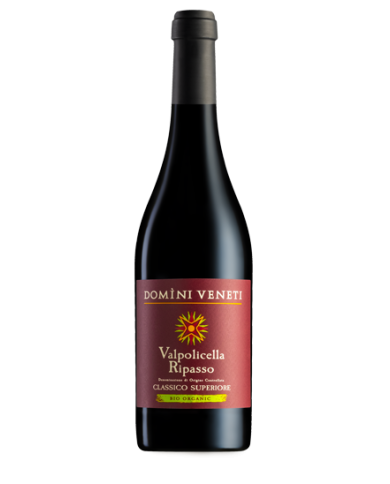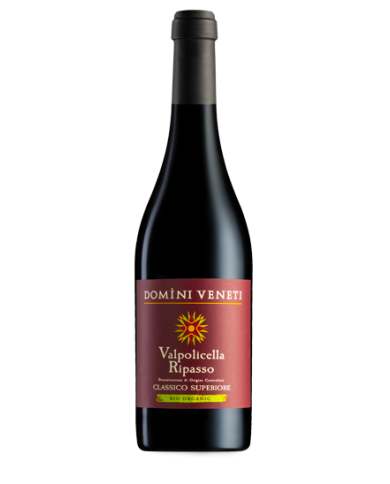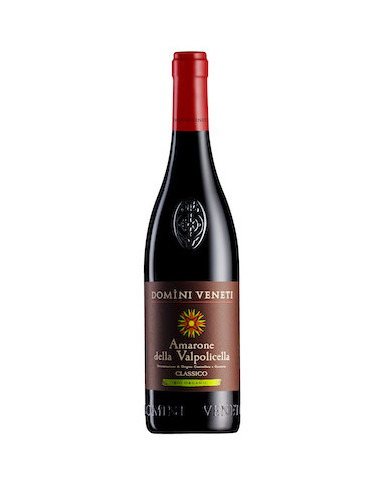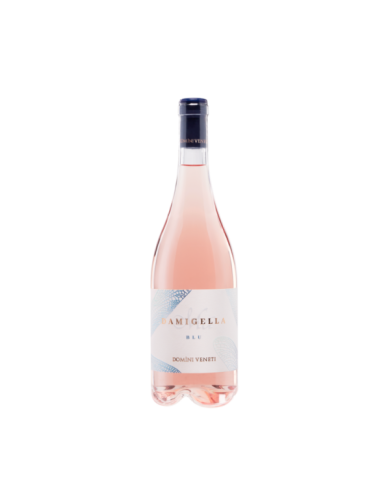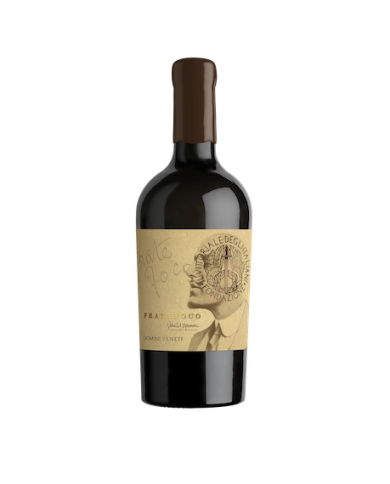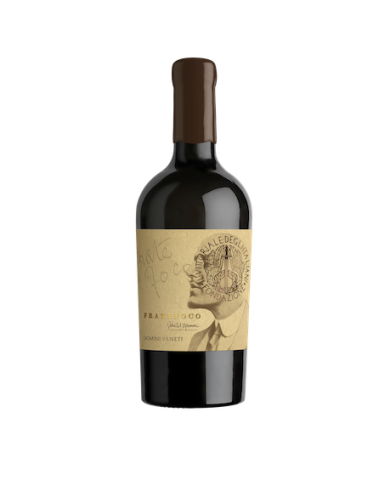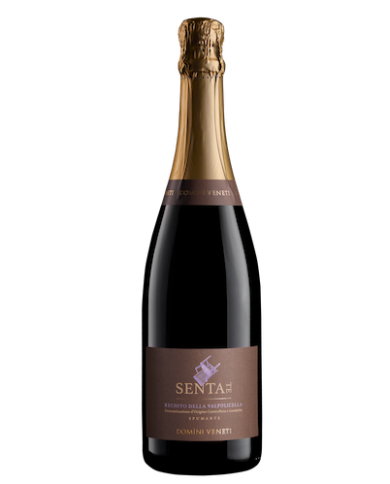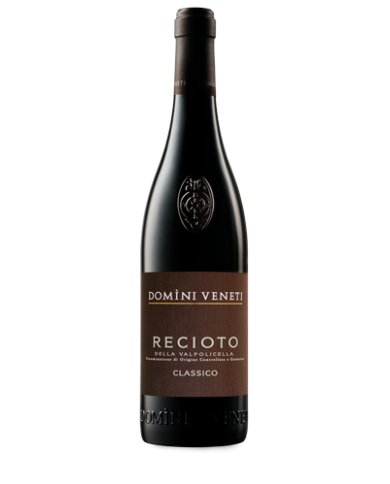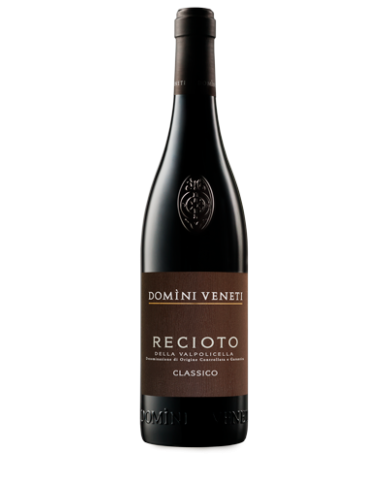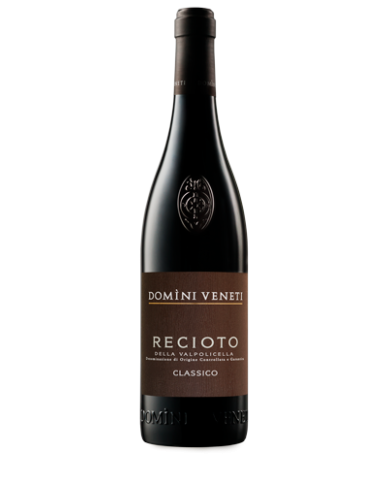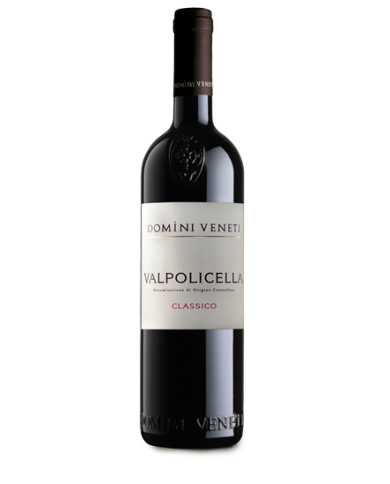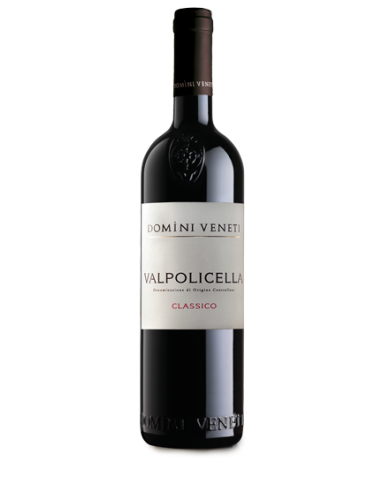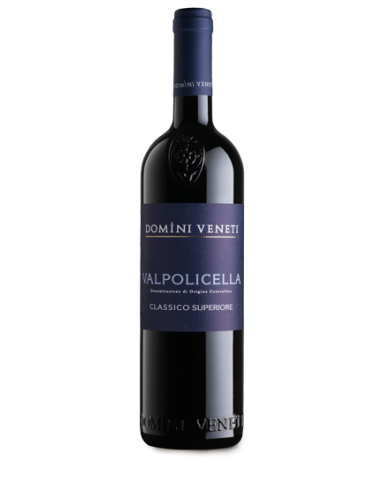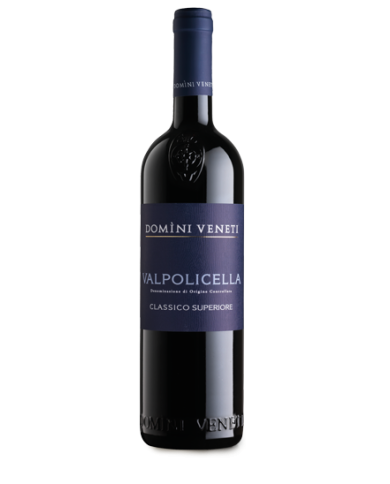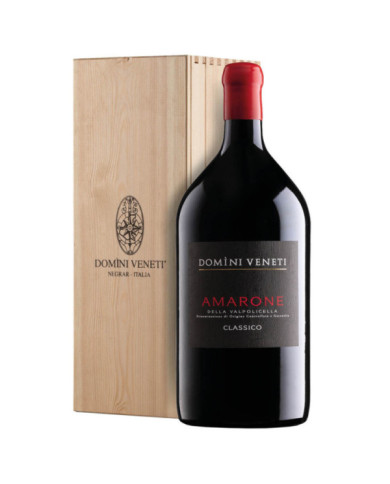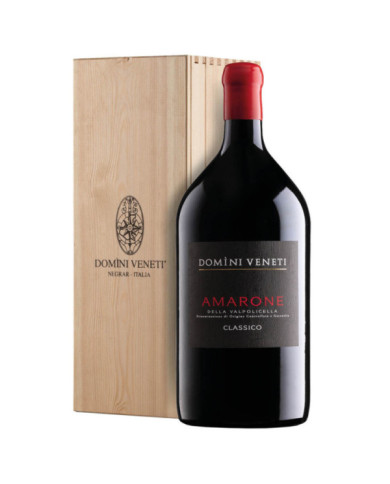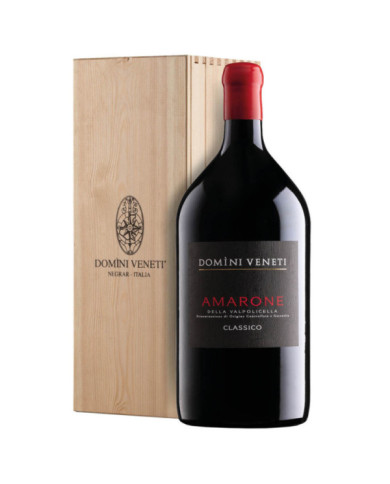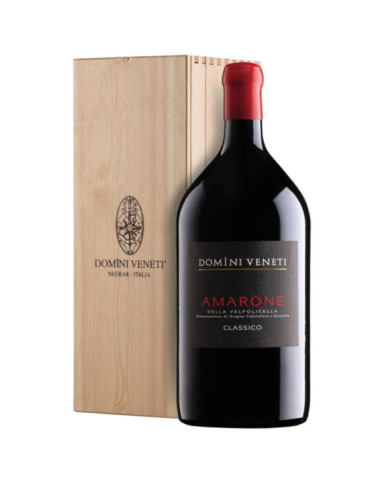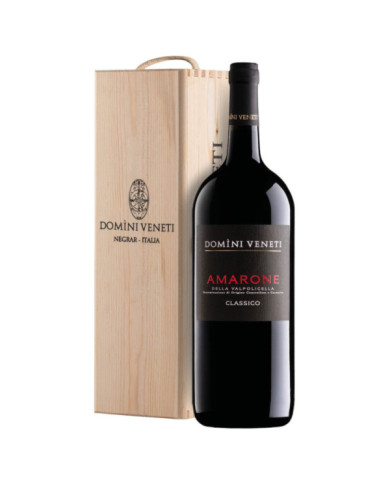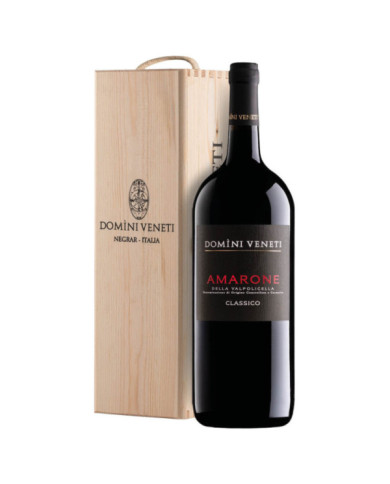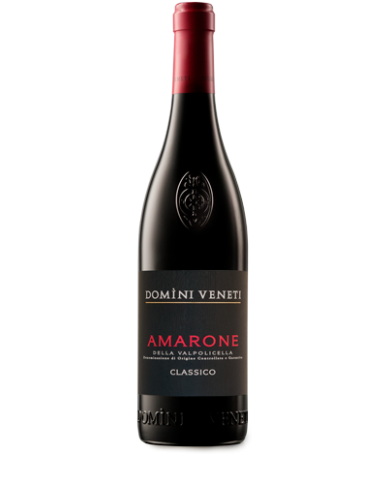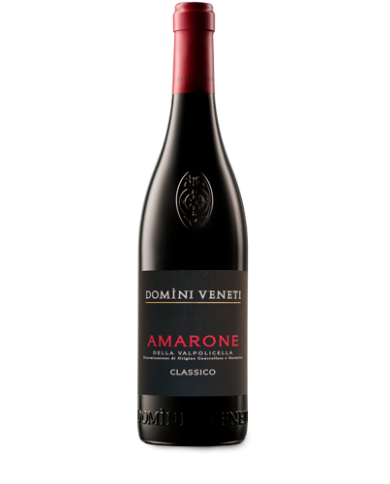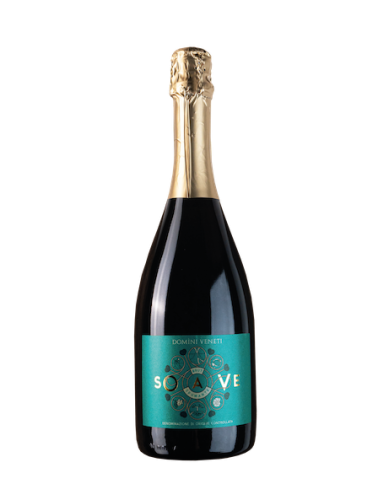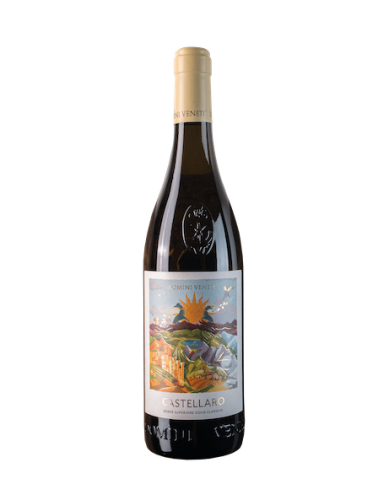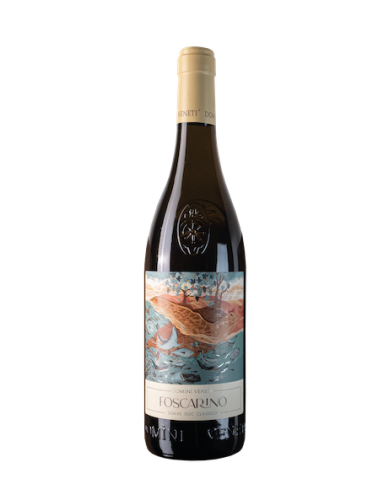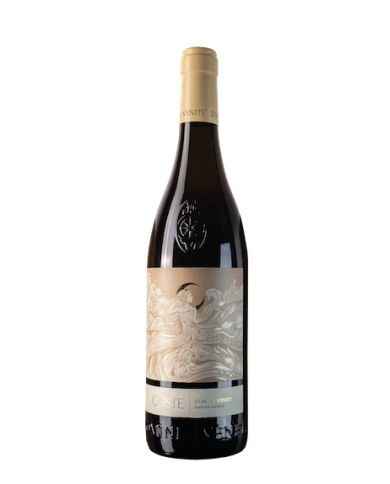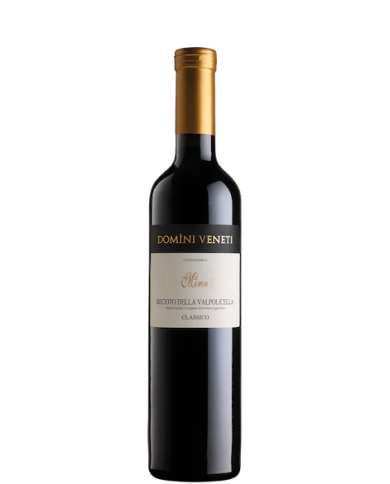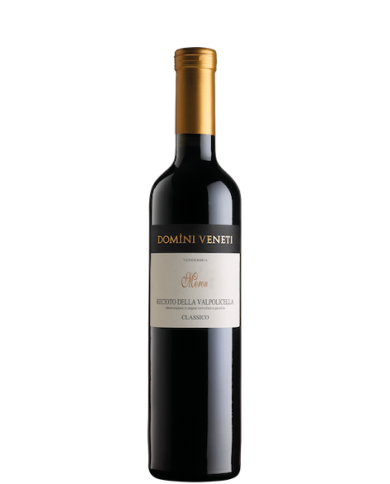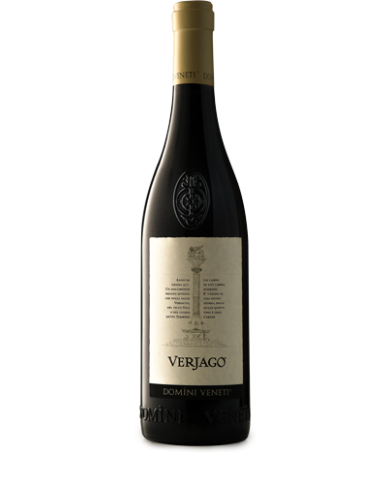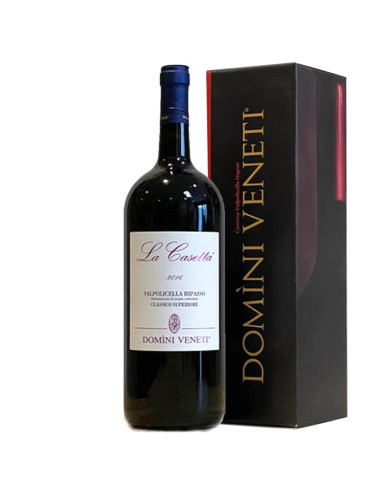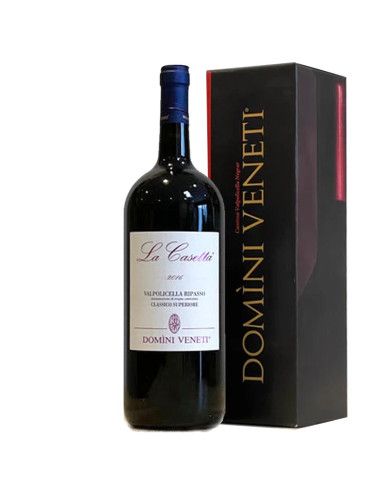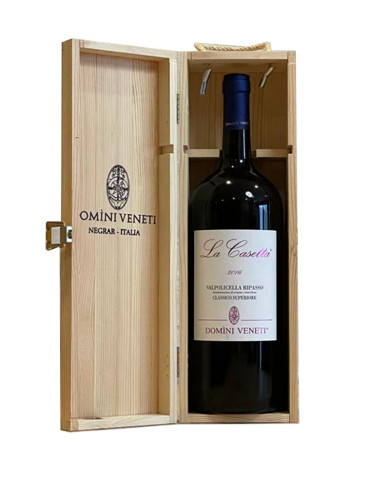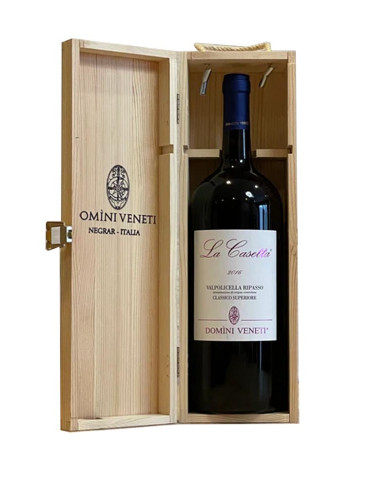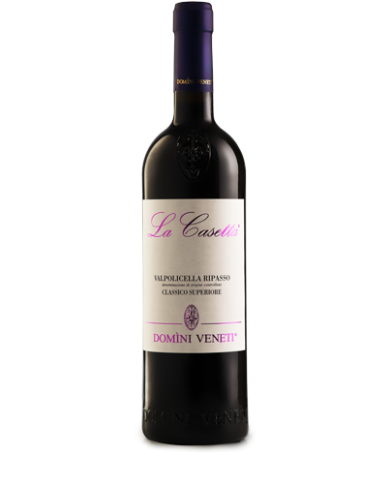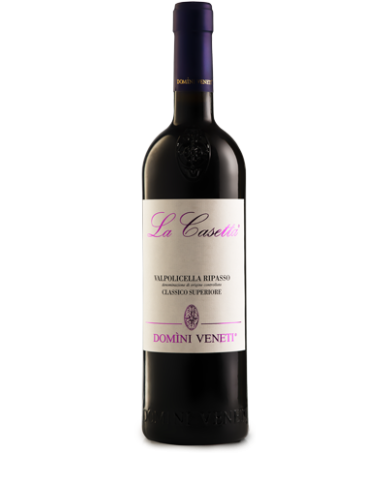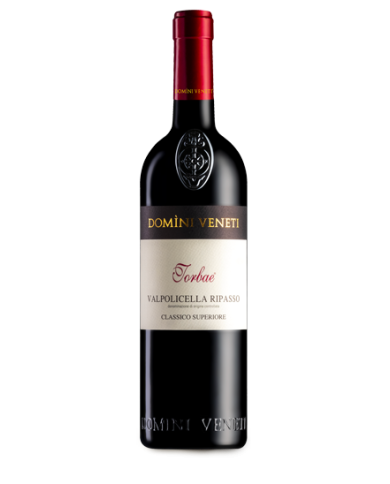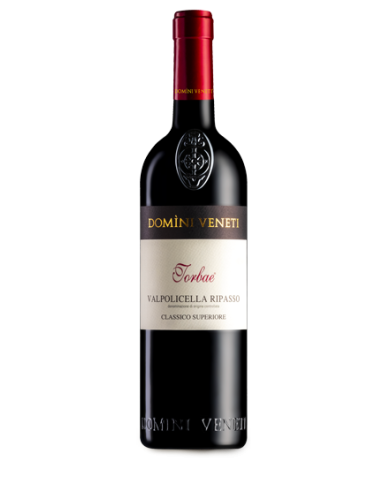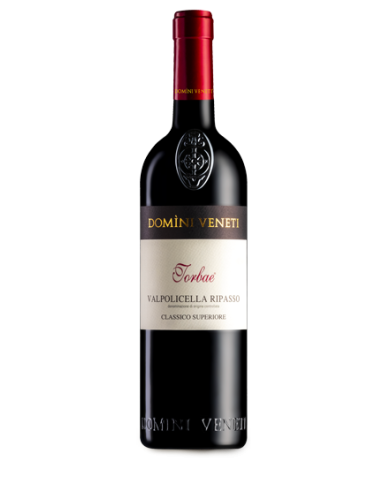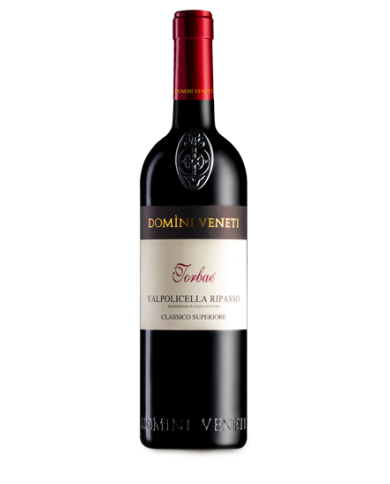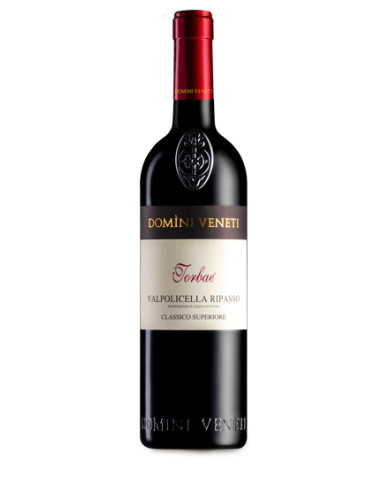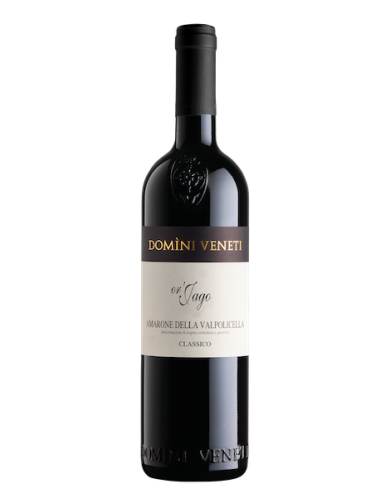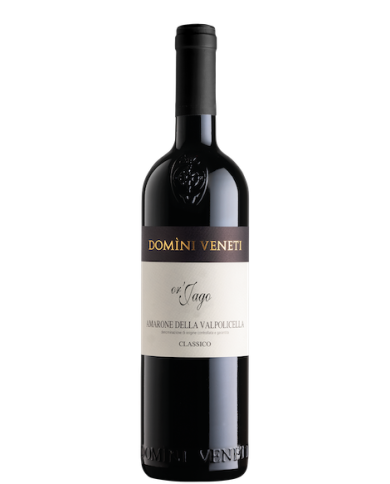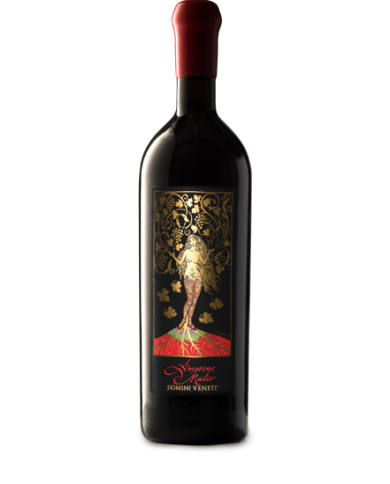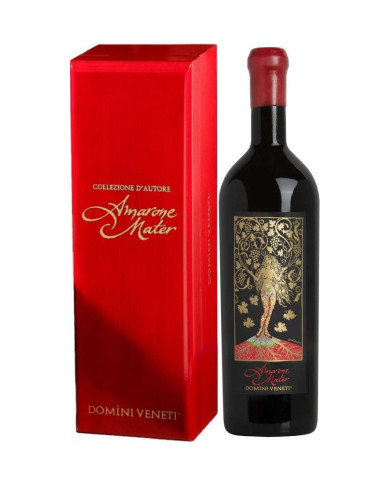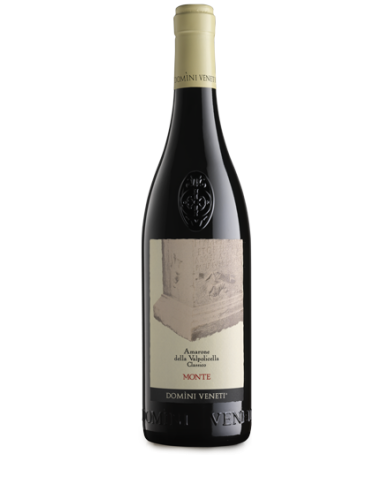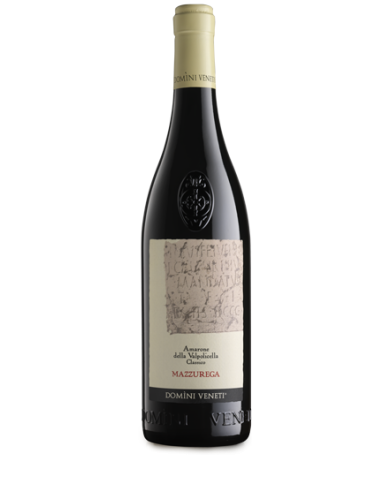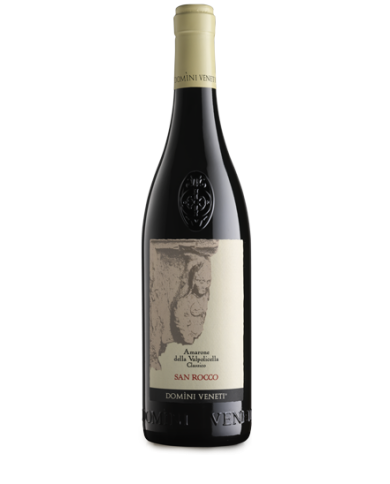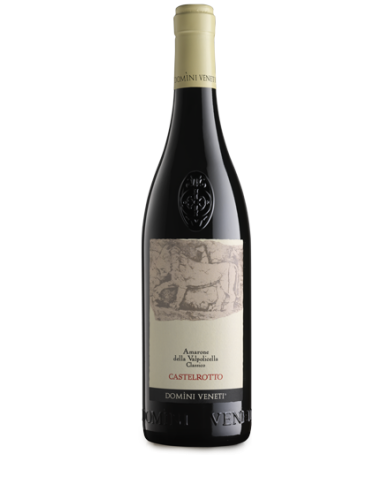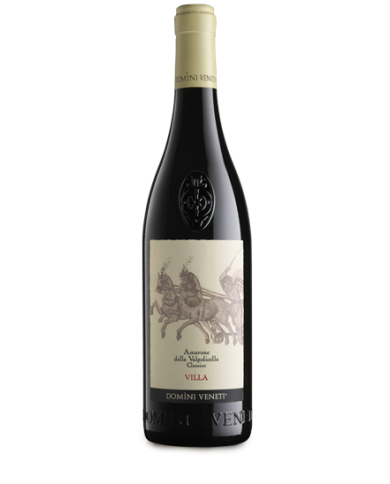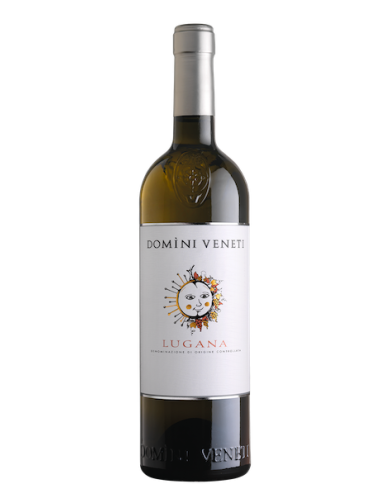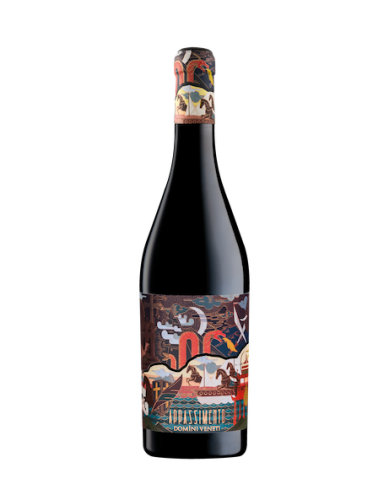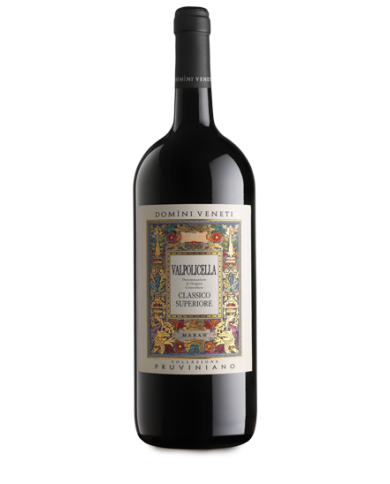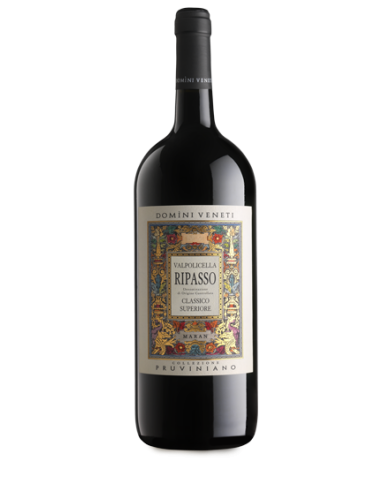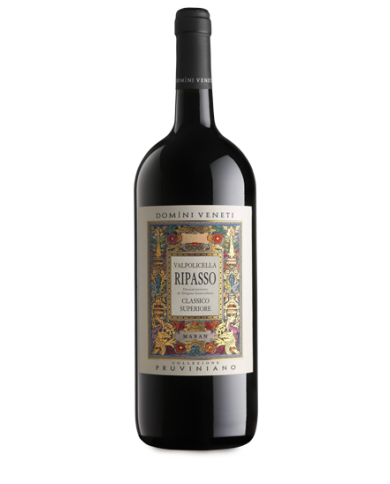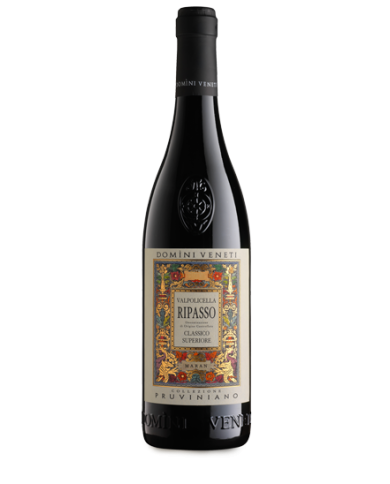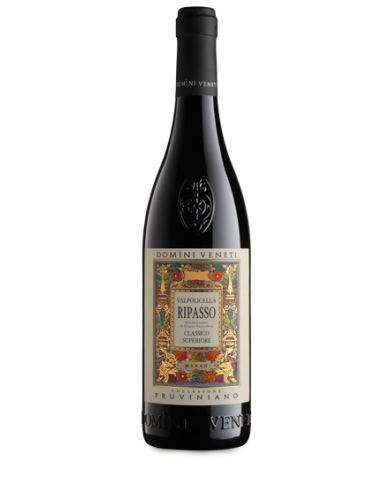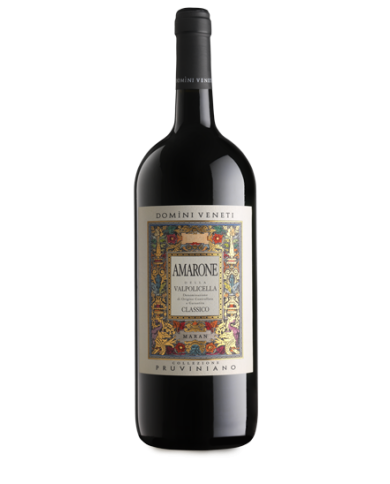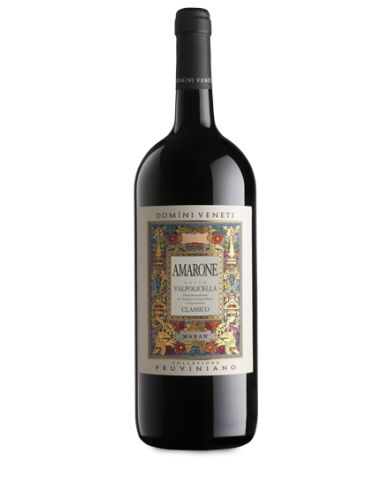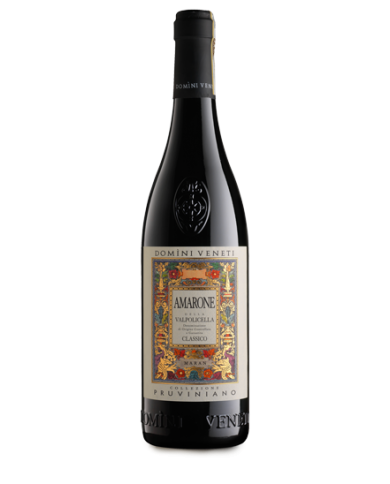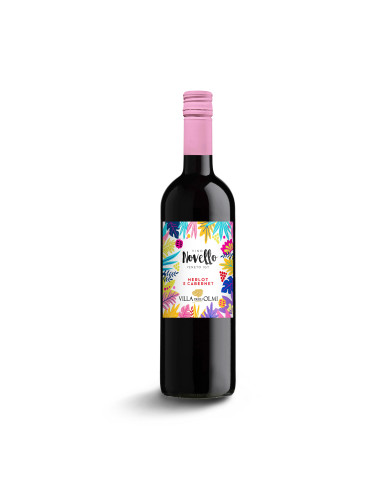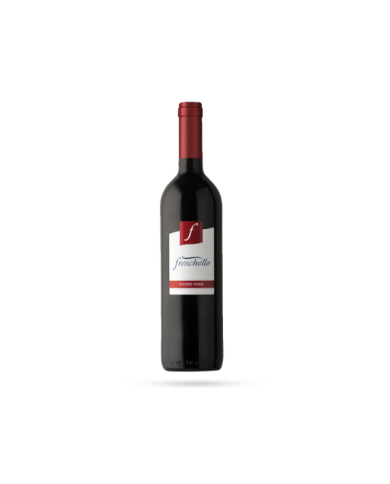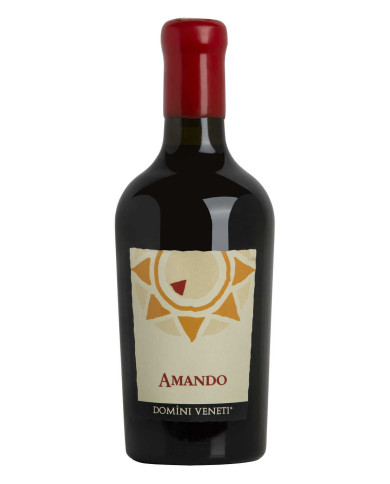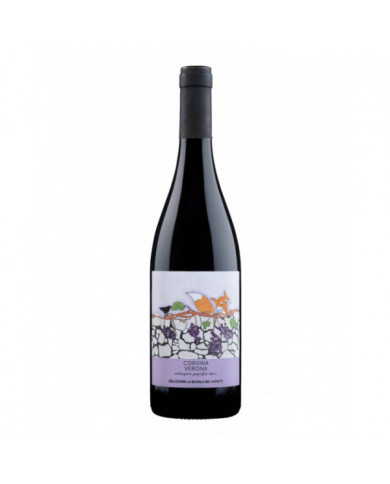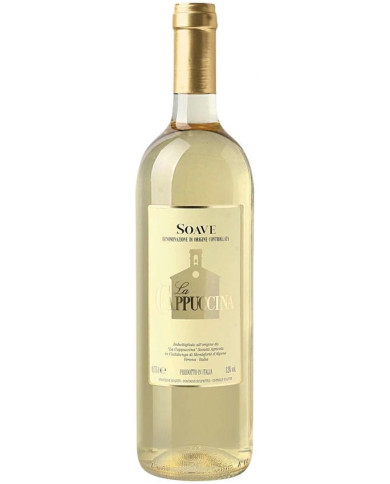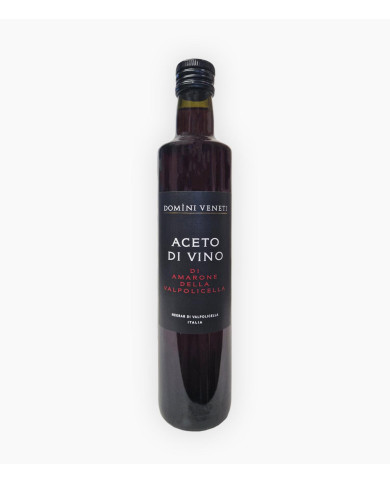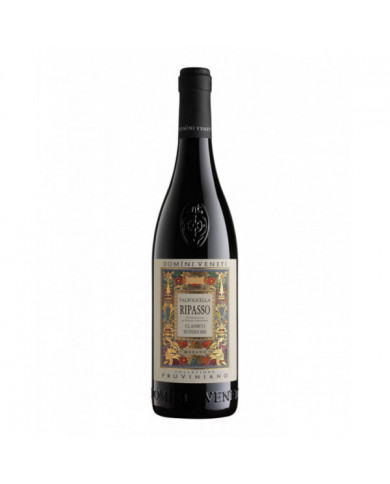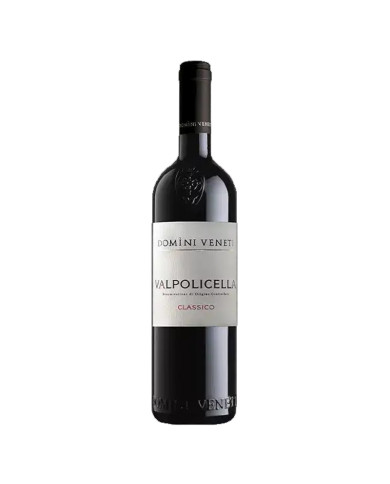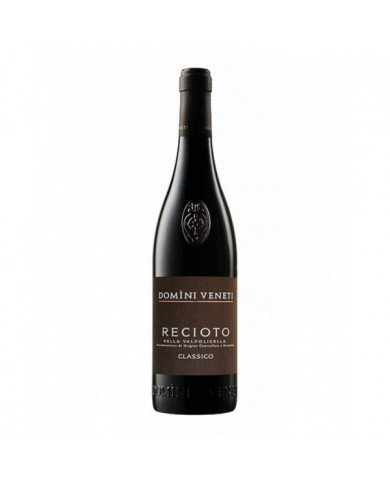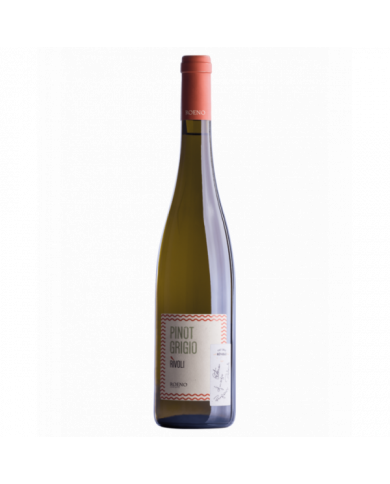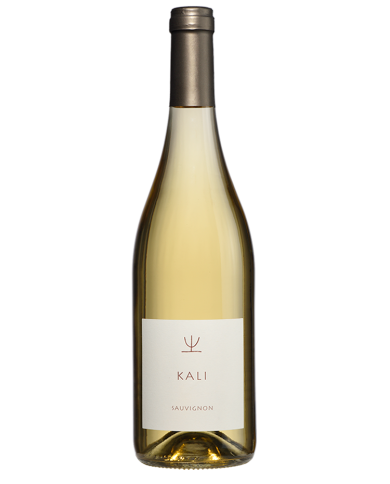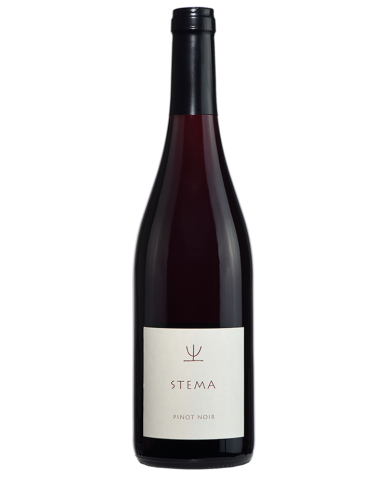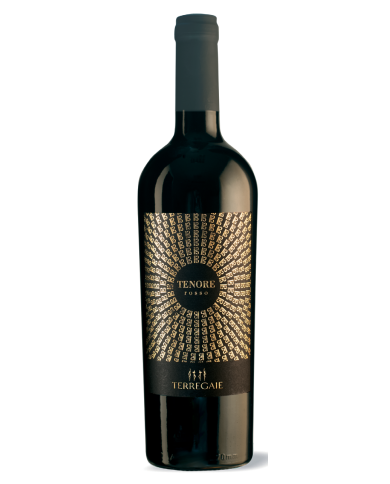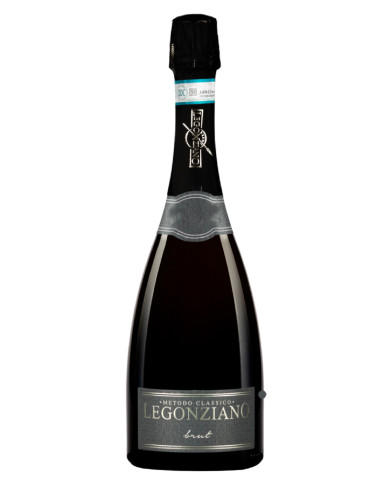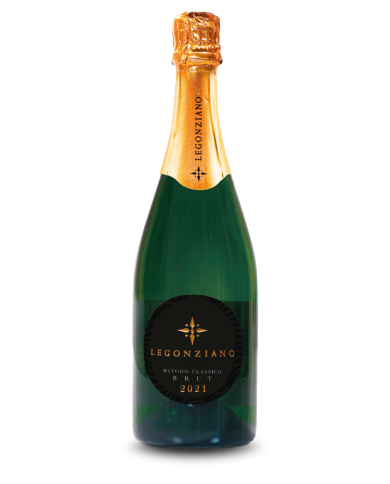Vendemmia: Settembre con selezione esclusivamente manuale. Dopo la pigiatura il mosto rimane a contatto delle bucce e inizia la fermentazione. Conservazione: acciaio.
Vendemmia: met├Ā Ottobre. Conservazione: 10% in barrique francesi di secondo passaggio per 3 mesi, il resto in acciaio. Assemblaggio a fine aprile.
Vendemmia: fine Settembre, inizio Ottobre con selezione esclusivamente manuale. Conservazione in acciaio fino a Febbraio e ripasso sulle vinacce di Recioto. Affinamento: legno + acciaio + bottiglia.
It is a red with an undemanding alcohol content, and also for this reason very pleasant, always. Suitable for 360 ┬░ foods, suitable for 365 days a year.
Recioto della Valpolicella Docg Classico is the symbol of the Valpolicella Classica viticulture based on the particular process of natural drying of the ripest grapes. It is considered the origin of Amarone, and its history is ancient, it can even be traced back to the time of the ancient Romans.
Rìvoli, from the name of the locality of choice. A Pinot Grigio of decided freshness, rich in facets, with a marked persistence and intensity.
Discover the secrets of Veneto wines: Italian excellence
The wines of the Veneto are known all over the world for their excellence. High quality wines, which offer a unique experience to their drinkers, are produced from vineyards located in the green hills of the Veneto region. If you are looking to discover the secrets of Veneto wines, then you have come to the right place. In this article, we will explore some of the secrets of Veneto wines and how they can be a unique and unforgettable experience.
The types of wine of the Veneto
The wines of the Veneto are known for their versatility. There are several types of wine that can be produced, including white, red, ros├® and sweet wines. The white wines of the Veneto are known for their freshness and fragrance. The red wines of the Veneto region are full of aromas of fruit and spices. Ros├® wines from Veneto are soft and fruity. The sweet wines of the Veneto are particularly appreciated for their intense and rich taste.
The vines of the Veneto
The vines of the Veneto are among the most appreciated in the world. There are several grape varieties that are grown in the hills of the Veneto region, including Garganega, Corvina, Merlot, Cabernet Franc, Trebbiano di Soave and Pinot Grigio. Each grape variety is characterized by a unique taste and provides a unique tasting experience.
The DOCs of the Veneto
The wines of the Veneto are classified according to their quality and their production area. There are two categories of wine, DOC and DOCG. DOC wines are produced from a specific geographical area and must meet certain quality criteria. DOCG wines are produced from a specific geographical area and must meet even more stringent quality criteria.
The best wines of the Veneto
Veneto wines are known for their exceptional quality. Many of Veneto's wines are considered among the best in the world. Some of the most renowned wines come from the Veneto region, including Soave, Valpolicella, Amarone, Bardolino and Prosecco. These wines are appreciated all over the world for their quality and uniqueness.
How to best enjoy the wines of the Veneto region?
The wines of the Veneto can best be enjoyed in a suitable context. The wines of the Veneto are ideal to accompany typical dishes of the Veneto, such as pasta, rice, meat and cheese. They are also ideal to drink as an aperitif before a meal or as an accompaniment to a dessert. They can also be enjoyed on their own as a meditation wine.
Denomination Wines of the Veneto
Veneto is one of the most renowned Italian regions for the production of wine, with a vast range of native vines and denominations of origin that testify to its richness and variety. In this article, we will discover the enological treasures of the Veneto, exploring the grape varieties, classifications, the most representative red and white wines, production methods, food pairings and much more.
The Veneto region
History
Viticulture in the Veneto has very ancient origins, dating back to Roman times. Over the centuries, the cultivation of vines has developed and consolidated, resulting in wines of great prestige and international recognition.
Geography
Veneto is located in the north-east of Italy and extends from the Dolomites to the Venice lagoon. The region has a remarkable diversity of landscapes and terroirs, which is reflected in the variety of wines produced.
Climate
The climate of the Veneto is characterized by cold, rainy winters and hot, humid summers, with considerable temperature variations between day and night. These climatic conditions favor the ripening of the grapes and the expression of complex aromas and flavours.
Native vines
Garganega
Garganega is the most widespread white grape variety in the Veneto region, mainly used for the production of Soave. The wines obtained from the Garganega are fresh, elegant and aromatic, with notes of white flowers and white pulp fruit.
Raven
Corvina is a typical red grape of the Veneto region, used above all in the production of Amarone della Valpolicella and Valpolicella Ripasso. The wines produced with Corvina are characterized by a good structure, soft tannins and fruity and spicy notes.
Raboso
Raboso is another native red grape variety from the Veneto region, known for its acidity andtannins. The wines obtained from Raboso are intense, persistent and long-lived, ideal for ageing.
Wine classifications
DOCG
Veneto has numerous wines classified as DOCG (Denomination of Controlled and Guaranteed Origin), including Amarone della Valpolicella, Recioto di Soave and Prosecco Superiore di Conegliano-Valdobbiadene.
DOC
The region also boasts several DOC denominations (Controlled Designation of Origin), such as Bardolino, Valpolicella, Soave and Lugana, which attest to the quality and typicality of the wines produced.
IGT extension
Finally, wines that do not fall under the DOC and DOCG denominations can be classified as IGT (Indicazione Geografica Tipica) Veneto, a more flexible category that allows the use of a wider range of grape varieties and production methods.
Red wines from Veneto
Amarone della Valpolicella
Amarone della Valpolicella is a full-bodied and structured red wine, produced with dried and fermented grapes to obtain a high concentration of sugars and alcohol. It has notes of dried fruit, spices and chocolate, with a long and persistent finish.
Bardolino
Bardolino is a light and fruity red wine, mainly produced with Corvina and Rondinella grapes. It is characterized by its freshness and drinkability, with notes of cherry and red fruits.
Valpolicella Ripasso
Valpolicella Ripasso is a red wine obtained through a "ripasso" process, i.e. the fermentation of Valpolicella on Amarone pomace. The result is a more full-bodied and complex wine, with notes of ripe fruit, spices and tobacco.
White wines of the Veneto
Sweet
Soave is a dry and mineral white wine, mainly produced with Garganega grapes. It has floral, white-fleshed fruit and almond notes, with a fresh and savory finish.
Prosecco
Prosecco is a sparkling white wine, produced with Glera grapes and fermented according to the Charmat method. It is characterized by a creamy froth, notes of flowers and fresh fruit and a soft and pleasant finish.
Lugano
Lugana is a white wine produced with Turbiana grapes, grown in the area between Veneto and Lombardy. It is an elegant and refined wine, with notes of white flowers, fruit and minerals.
Production method
Withering
Appassimento is a drying process of the grapes, used in the production of Amarone della Valpolicella and Recioto di Soave. The dried grapes concentrate the sugars and aromas, giving the wines a unique and distinctive character.
Charmat method
The Charmat method is used for the production of Prosecco and involves a second fermentation in an autoclave, which gives the wine its characteristic effervescence.
Classic method
The classic method, used for some Veneto sparkling wines such as Prosecco Superiore di Conegliano-Valdobbiadene, involves a second fermentation in the bottle and a period of aging on the lees, which gives the wine greater complexity and finesse.
Food pairings
The wines of Veneto go perfectly with the local cuisine, rich in flavors and traditions. Red wines, such as Amarone and Valpolicella Ripasso, go well with meat and game dishes, while white wines, such as Soave and Lugana, go well with fish and vegetable dishes.
Visits to cellars
If you are interested in discovering the wines and producers of the Veneto in person, you can organize guided tours of the cellars and tastings directly at the vineyards. This is an excellent opportunity to appreciate the beauty of the area and get to know the people who, with passion and dedication, carry on the winemaking tradition of the region.
Veneto is a land of unique and fascinating wines, the result of a long tradition and an extraordinary territory. From the discovery of native vines to visits to cellars, immerse yourself in the culture and flavors of this fascinating Italian region and let yourself be conquered by its wines.
What are the most famous Denomination Wines of the Veneto Wines?
Veneto is one of the most important wine regions of Italy, with a large variety of high quality wines. Among the most famous wine denominations of the Veneto region there are:
-
Valpolicella DOC: is a specific designation for red wines produced in the Valpolicella area, north of Verona. These wines are mainly made with Corvina, Rondinella and Molinara grapes.
-
Amarone della Valpolicella DOCG: it is a specific denomination for the red wines of Valpolicella that have undergone a drying process of the grapes before fermentation. These wines are very rich and full-bodied, with a remarkable aromatic complexity.
-
Soave DOC: is a specific designation for white wines produced in the Soave area, east of Verona. These wines are mainly made with Garganega and Trebbiano di Soave grapes.
-
Prosecco DOC and DOCG: these are two specific denominations for sparkling wines produced in the Veneto and Friuli Venezia Giulia areas. Prosecco DOC is produced in the area of the province of Treviso, while Prosecco Superiore DOCG is produced in a more restricted area in the province of Treviso and Belluno.
-
Bardolino DOC: is a specific designation for red and ros├® wines produced in the Bardolino area, on the shores of Lake Garda. These wines are mainly made with Corvina, Rondinella and Molinara grapes.
These are just a few examples of the wine denominations of the Veneto, but the region has many other high quality and internationally recognized wine productions.
What are the most important native vines of the Veneto region?
Garganega, Corvina and Raboso are the most representative native vines of the region.
What is the difference between DOCG, DOC and IGT?
The DOCG guarantees the origin and quality of the wines produced in a specific geographical area, the DOC indicates a wider geographical origin and greater flexibility in the choice of grape varieties and production methods, while the IGT allows for an even wider range of vines and production methods.
What are some of the best known red and white wines of the Veneto region?
Among the red wines, Amarone della Valpolicella, Bardolino and Valpolicella Ripasso are highly appreciated. As for white wines, Soave, Prosecco and Lugana are among the best known.
What production methods are used in the Veneto region?
Different production methods are used in the Veneto region, including appassimento, the Charmat method and the Classic method.
Is it possible to visit the cellars and taste the wines of the Veneto region?
Yes, many wineries offer guided tours and tastings directly at the vineyards. It is advisable to contact the cellars to organize a visit and enjoy an unforgettable experience in the heart of the Veneto region.

